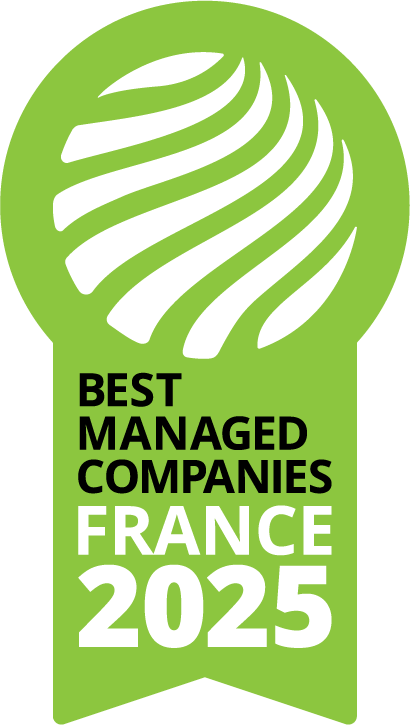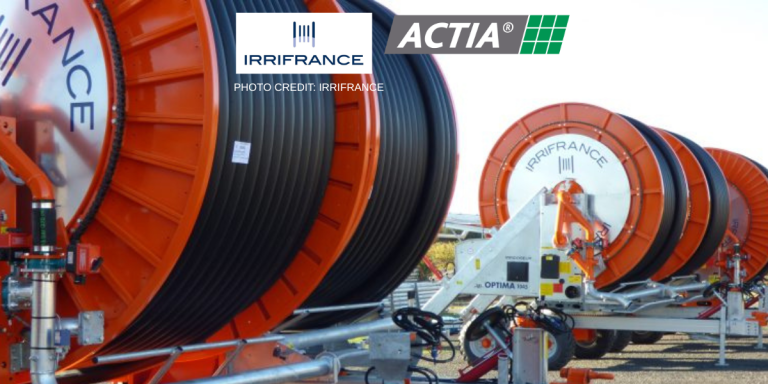A headache for businesses, a solution with ACTIA ICAN.
The electrification of professional fleets is rapidly accelerating, driven by regulatory obligations and tax incentives. But behind this positive shift lies a much more complex operational reality: managing home charging for company electric cars, especially for mobile employees. ACTIA, with its ICAN solution, provides a concrete response to this logistical, financial, and HR challenge.
A growingly demanding regulatory context
Since the Mobility Orientation Law (LOM), companies with more than 100 vehicles must include at least 20% electric or plug-in hybrid vehicles when renewing their fleet or risk penalties. The European Union is also pushing for accelerated transport decarbonization. While the government supports this transition with purchase and usage incentives, it offers little in the way of practical solutions for managing charging—particularly at home, where challenges multiply.
The end of fuel cards: a paradigm shift
In combustion fleets, fuel cards were not only used to pay for fuel but also to track mileage—often recorded at each fuel stop. With EVs, this data is lost unless a connected solution is in place. Management becomes “blind,” complicating activity tracking, preventive maintenance, and the valuation of business travel.
Home charging: a seemingly good idea without the right tools
Businesses have three options:
Install charging stations at the office:</strong> a significant investment (€3,000 to €5,000 per station), limited by space and impractical for employees who don’t return daily.
Use public charging stations:</strong> inconvenient, unreliable (are spots available? how long will charging take?), and hard to track for billing.
Install a connected home charger or reinforced socket: a practical option, but one that raises many legal, logistical, and HR issues:
- Who pays for the charger?
- What happens in case of relocation, divorce, or separation?
- How to manage households with two EVs?
- Most importantly: how to track real electricity consumption to reimburse employees based on the URSSAF rate (€0.207/kWh)?
ACTIA ICAN: a smart and adaptable telematics solution
Accurate, continuous charging measurement
The ICAN device, connected to the vehicle, automatically captures:
- the exact amount of electricity charged for the company EV,
- the location of the charging point (home, office, public station),
- and the charging period, with privacy preserved (geolocation is only activated during charging).
Automated and transparent tracking
The collected data allows you to:
- generate a clear, automated report for each charging session (amount, location, estimated cost),
- streamline home reimbursements according to the URSSAF rate,
- integrate reports into an HR or fleet management system,
- send monthly reports to employees, like an automated expense note.
Compatible with all installations
Whether employees charge on a connected charger, a reinforced socket, or at a public station—ICAN tracks the vehicle, not the installation. This makes the solution independent from the home—an essential advantage in case of relocation or employee departure.
An HR and operational efficiency booster
ACTIA ICAN is a relief for HR teams and fleet managers:
- Reduces administrative complexity (no more manual notes, reliable data),
- Enables proper tracking of plug-in hybrid usage (verifying the electric vs. fuel usage),
- Optimizes costs (better budget allocation, control over reimbursements).
Focus on plug-in hybrids: beware of misuse
ICAN also tackles a blind spot in plug-in hybrid (PHEV) fleets. These vehicles are popular for their versatility but are often misused:
- During the week, they can run fully electric (if properly charged),
- On weekends or for personal use, they often switch to combustion mode… or may almost always run on fuel if never charged.
The result: higher fuel costs, increased carbon footprint, and failure to meet sustainability targets. ICAN allows precise tracking of:
- the ratio of electric vs. combustion usage,
- enabling companies to verify that hybrids are being used as intended.
This is a key tool to make employees accountable and to ensure a return on investment for hybrid vehicles.
Conclusion: a data-driven electrification strategy
Fleet electrification is both an environmental and regulatory necessity. But it can’t succeed without a digital infrastructure adapted to the realities of field employees. By intelligently capturing charging and location data, ACTIA ICAN transforms a complex challenge into a performance driver.
The energy transition also depends on mastering vehicle data.
Visit iCAN website Contact our team





